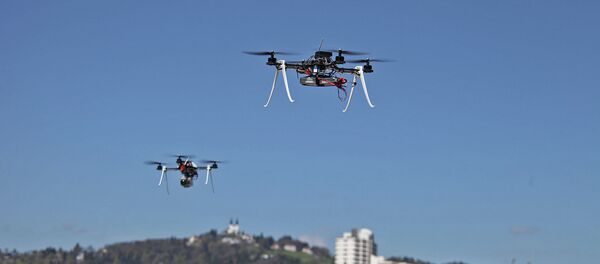It is not clear how close the drone flew, or even if it appeared to be purposefully operating near the president.
Similar cases have occurred over the past few months. Unmanned aerial vehicles have crashed on the White house lawn in two separate incidents over the last year. This was the third instance of a drone flying uncomfortably close to the US president.
The FAA report was obtained from a Freedom of Information Act request by the Palm Beach Post. The Secret Service has not commented on the incident.
With these repeated violations come new dangers. The risk of a drone damaging the engine or fuselage of a commercial airliner are extremely high, warns Charles Reinholtz, professor of mechanical engineering at Embry-Riddle Aeronautical University.
"The larger the [drone] and the more they fly illegally in airspace they shouldn't be, the higher the potential danger," Reinholtz said, according to the Palm Beach Post.
Accidental collisions are not the only concern. Drones can also be used by terrorists to attack airplanes or other high-profile targets. According to the FAA report, some of the recent UAV incidents appear to be intentional.
In one such instance from earlier this month, the pilot of a Cessna 172 passed within 100 feet of a recreational quadcopter. The drone appeared to have a camera suspended under it and maneuvered to follow the Cessna.
There were numerous other incidents involving drones suspected of being a threat to commercial aircraft flying at various altitudes.




